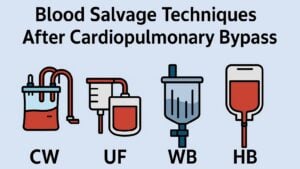Background: Extracorporeal cardiopulmonary resuscitation improves outcomes after out-of-hospital cardiac arrest. However, bleeding and thrombosis are common complications. We aimed to describe the incidence and predictors of bleeding and thrombosis and their association with in-hospital mortality.
Methods and results: Consecutive patients presenting with refractory ventricular tachycardia/ventricular fibrillation out-of-hospital cardiac arrest between December 2015 and March 2022 who met the criteria for extracorporeal cardiopulmonary resuscitation initiation at our center were included. Major bleeding was defined by the Extracorporeal Life Support Organization’s criteria. Adjusted analyses were done to seek out risk factors for bleeding and thrombosis and evaluate their association with mortality. Major bleeding occurred in 135 of 200 patients (67.5%), with traumatic bleeding from cardiopulmonary resuscitation in 73 (36.5%). Baseline demographics and arrest characteristics were similar between groups. In multivariable analysis, decreasing levels of fibrinogen were independently associated with bleeding (adjusted hazard ratio [aHR], 0.98 per every 10 mg/dL rise [95% CI, 0.96-0.99]). Patients who died had a higher rate of bleeds per day (0.21 versus 0.03, P<0.001) though bleeding was not significantly associated with in-hospital death (aHR, 0.81 [95% CI. 0.55-1.19]). A thrombotic event occurred in 23.5% (47/200) of patients. Venous thromboembolism occurred in 11% (22/200) and arterial thrombi in 15.5% (31/200). Clinical characteristics were comparable between groups. In adjusted analyses, no risk factors for thrombosis were identified. Thrombosis was not associated with in-hospital death (aHR, 0.65 [95% CI, 0.42-1.03]).
Conclusions: Bleeding is a frequent complication of extracorporeal cardiopulmonary resuscitation that is associated with decreased fibrinogen levels on admission whereas thrombosis is less common. Neither bleeding nor thrombosis was significantly associated with in-hospital mortality.
Keywords: ECMO; bleeding; cardiac arrest; coagulopathy; eCPR; survival; thrombosis.







